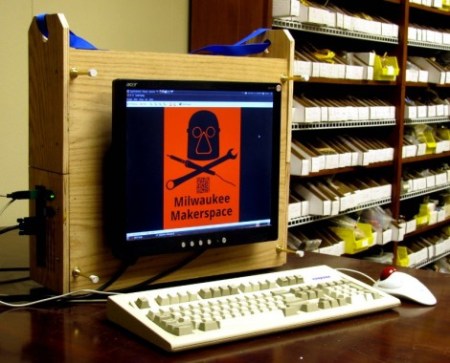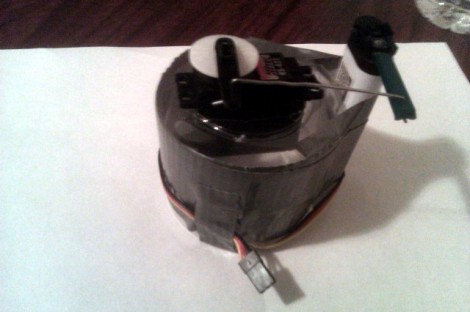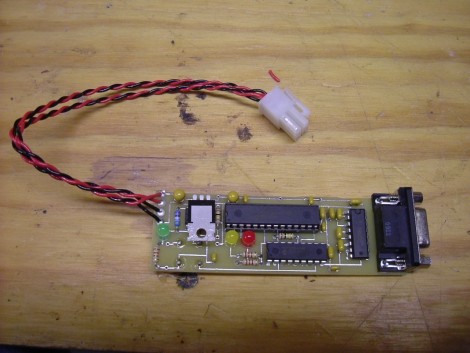
For those that are unaware, Androids are often judged by where they fall on the uncanny valley curve, a graph that maps human revulsion to robots that closely resemble humans but are just a bit off (similar to how a corpse resembles a living person). This offering jumps right over that dip of the curve and takes its rightful place as a human stand-in. Well, except that you’re probably going to notice the limbless torso… but pay no attention to the man behind the curtain!
This is the result of research by Geminoid Lab at Aalborg University. It is the twin of its creator and in an effort to be as human as possible, movements are mimicked using facial recognition from a human operator. We’d bet that with some clever learning routines you can map out and index common mannerisms from the original person for later use with this body-snatcher-esque copy. Take a look at the clips after the break; we don’t think you’ll be creeped out at all.
Continue reading “Android Skips Uncanny Valley – Fills In At The Office For You”
















